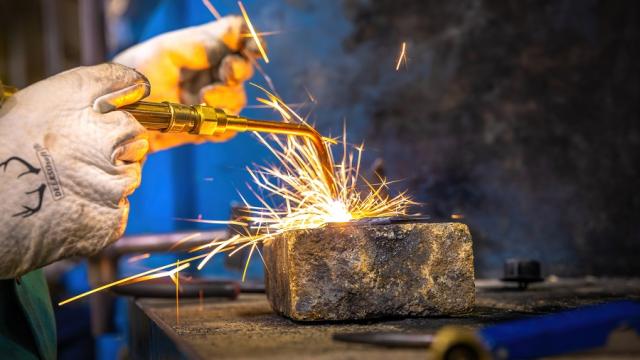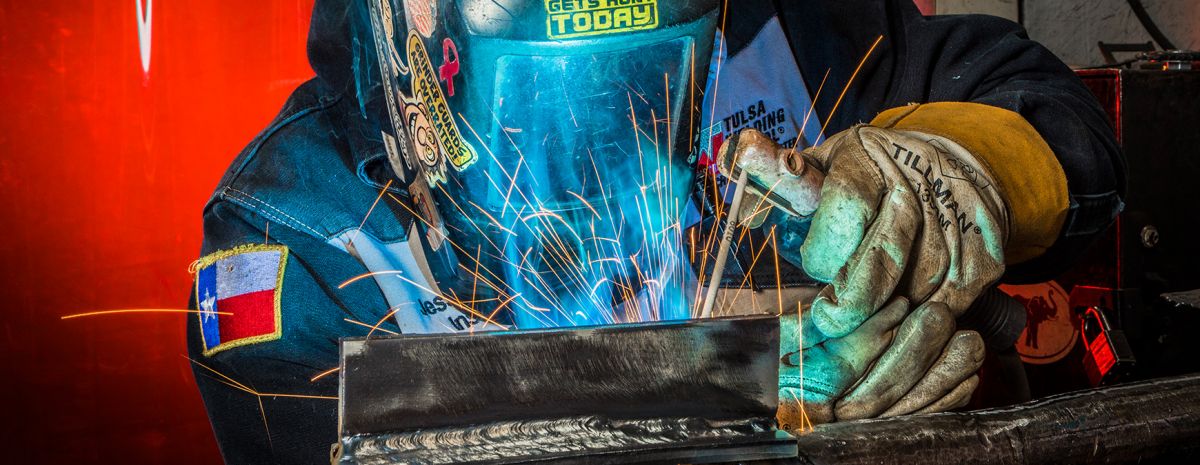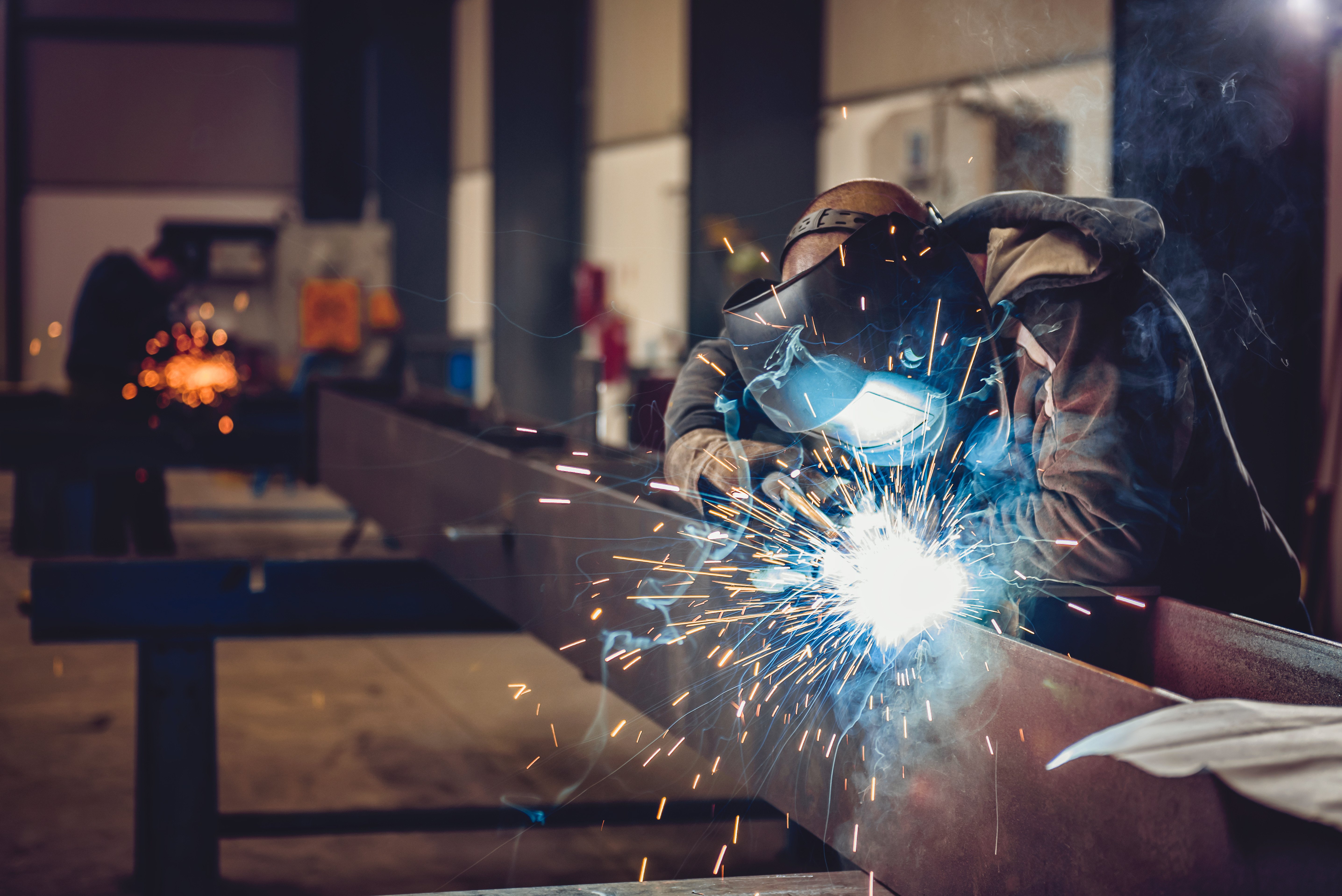Effective weld inspection practices shared by Montana Mobile Welding and Repair
Common Welding Repair Issues and Exactly How to Address Them Efficiently
Welding repair work often run into a variety of issues that can endanger the stability of the final item. Typical problems consist of insufficient infiltration, porosity, and imbalance, to name a few. Each issue provides special challenges that call for details techniques for resolution. Comprehending these concerns is crucial for welders aiming to improve their end results and skills. This discussion will check out these common welding fixing concerns and efficient methods to address them.
Poor Infiltration
Insufficient infiltration occurs when the weld steel fails to totally fuse with the base product, causing weak joints and potential architectural failings. This issue typically stems from insufficient warmth input, incorrect electrode angle, or improper welding rate. Welders might encounter inadequate penetration as a result of a miscalculation of the required criteria for a particular product thickness or kind. In addition, contamination on the base material's surface area can impede effective bonding, worsening the problem. To attend to inadequate penetration, welders need to guarantee appropriate setups on their tools and keep a clean work surface. Regular examination of welds is advised to recognize any type of deficiencies early, permitting timely corrections and the avoidance of compromised architectural integrity in bonded assemblies.
Porosity
Porosity is an usual problem in welded joints that materializes as little gas bubbles caught within the weld metal. This issue can jeopardize the integrity of the weld, causing minimized strength and possible failing under tension. Montana Mobile Welding and Repair Welding. Porosity typically arises from contamination, moisture, or improper welding methods, which enable gases to leave right into the molten weld swimming pool. To attend to porosity, welders ought to guarantee proper surface preparation, preserve a tidy functioning environment, and use suitable welding specifications. In addition, choosing the ideal filler material and protecting gas can reduce gas entrapment. Regular inspection and screening of welds can aid identify porosity early, guaranteeing prompt corrective actions are taken, consequently protecting the top quality and reliability of the bonded framework
Imbalance
Imbalance in welding can emerge from various aspects, consisting of incorrect arrangement and thermal expansion. Comprehending the source is necessary for effective resolution. Several improvement techniques are offered to straighten components and ensure structural integrity.
Sources of Imbalance
Welding misalignment usually originates from a variety of underlying problems that can endanger architectural stability. One main reason is incorrect fit-up of elements before welding, which can lead to gaps and irregular surfaces. Variants in thermal development during the welding process can also cause distortion, especially if the materials being signed up with have various coefficients of growth. Furthermore, inadequate securing and fixturing may stop working to hold elements securely in place, causing activity during welding. Inadequately maintained equipment, consisting of welding devices and devices, may introduce inconsistencies in the weld grain, further contributing to misalignment. Operator mistake, stemming from not enough training or experience, can also play a considerable function in creating misaligned welds.

Correction Methods Readily Available
Resolving misalignment efficiently calls for a combination of rehabilitative strategies tailored to the details concerns available. One typical method is making use of fixtures or jigs to hold components in the appropriate position throughout welding, making sure regular alignment. Additionally, pre-heating the products can help in reducing distortion and boost fit-up. For considerable imbalance, mechanical adjustment strategies, such as utilizing hydraulic jacks or clamps, can be employed to correct the setting before welding. Post-weld heat therapy might likewise be required to eliminate tensions triggered by imbalance. Finally, careful assessment and modification during the setup phase can protect against misalignment concerns from coming to be significant problems, promoting a smoother welding procedure and boosting general architectural integrity.
Distortion
Distortion is a typical challenge in welding that can emerge from various elements, including irregular cooling and heating. Understanding the reasons for distortion is crucial for executing efficient avoidance methods. Resolving this problem not only enhances architectural honesty yet additionally improves the overall quality of the weld.
Reasons for Distortion
When subjected to the intense heat of welding, materials typically undertake adjustments that can lead to distortion. This sensation primarily emerges from thermal growth and contraction throughout the welding procedure. As the weld area warms up, the material increases; upon air conditioning, it acquires, which can create inner stress and anxieties. In addition, unequal heating throughout a work surface can worsen these tensions, causing warping or flexing. The sort of product likewise plays a significant function; metals with varying thermal conductivity and coefficients of development might react in a different way, bring about unforeseeable distortions. Furthermore, inadequate joint style and poor fixturing can add to misalignment during welding, raising the probability of distortion. Understanding these causes is important for efficient welding repair and avoidance strategies.
Avoidance Techniques
Efficient avoidance strategies for distortion during welding focus on controlling warmth input and making certain appropriate joint design. Maintaining a consistent heat input aids to minimize thermal expansion and contraction, which can result in distortion. Utilizing techniques such as pre-heating the work surface can likewise minimize the temperature level gradient, advertising uniform home heating. Furthermore, choosing proper joint styles, such as T-joints or lap joints, can boost security and minimize stress concentrations. Executing proper fixturing to safeguard the work surfaces in position even more aids in preserving alignment during the welding process. Staggered welding series can disperse warmth a lot more evenly, stopping local distortion. By using these methods, welders can substantially decrease the possibility of distortion and go to my blog boost the overall quality of their welds.
Breaking
Cracking is a typical concern experienced in welding repair work, typically arising from different elements such as incorrect cooling rates, product selection, or inadequate joint prep work. The incident of fractures can substantially jeopardize the stability of the weld, leading to potential failings during procedure. To address this issue, welders must initially assess the source, guaranteeing that materials are compatible and appropriately selected for the specific application. Additionally, regulating the air conditioning price throughout the welding process is important; rapid air conditioning can induce tension and result in cracking. Correct joint layout and prep work also add to reducing the danger. Implementing these techniques can boost weld high quality and sturdiness, ultimately lowering the possibility of breaking in finished weldments.

Insufficient Combination
A significant problem in welding repair work is incomplete blend, which takes place when the weld steel does not effectively bond with the base material or previous weld passes - Belgrade Fabrication. This flaw can bring about weak points in the joint, possibly compromising the honesty of the welded structure. Factors adding to insufficient fusion consist of inadequate warmth input, incorrect welding method, and contamination of the surfaces being signed up with. To address this concern efficiently, welders ought to guarantee correct pre-weld cleansing and surface preparation, in addition to change their welding criteria to attain adequate infiltration and fusion. Routine evaluation during the welding procedure can also assist identify insufficient combination early, permitting prompt rehabilitative measures to improve the total top quality of the weld
Overheating
While welding repairs can boost architectural honesty, overheating presents a considerable difficulty that can result in material destruction. Too much heat during welding can change the mechanical residential properties of metals, leading to reduced toughness, raised brittleness, and bending. This sensation is especially vital in high-stress applications where architectural reliability is paramount. Identifying overheating can include aesthetic examinations for staining or distortion, along with keeping track of temperature level throughout the welding procedure. To mitigate the risks connected with overheating, welders must use proper methods, such as managing warm input, changing traveling speed, and using appropriate filler products. Additionally, implementing pre- and post-weld warm treatments can assist bring back material residential or commercial properties and enhance the total top quality of the repair service, ensuring long-term efficiency and safety.
Regularly Asked Inquiries
What Are the Usual Indicators of a Welding Problem?

Exactly How Can I Test My Welds for Top quality?
To test welds for top quality, one can utilize visual assessments, ultrasonic screening, and best welder for beginners radiographic approaches. Each strategy assures structural integrity, determines issues, and confirms adherence to specified criteria, ultimately boosting the dependability of the bonded joints.
What Security Precautions Should I Take While Welding?
When welding, one ought to prioritize safety by wearing appropriate individual protective tools, making sure correct ventilation, protecting combustible materials away, keeping a tidy work space, and being page conscious of surroundings to avoid crashes and injuries.
Can I Fix a Weld Without Redoing the Entire Joint?
Fixing a weld without remodeling the entire joint is possible, relying on the damage (Belgrade). Strategies such as grinding, adding filler product, or making use of a welding procedure can successfully deal with certain defects while preserving the bordering framework
What Equipment Are Vital for Efficient Welding Repairs?
Crucial tools for effective welding fixings include a welding maker, cable brush, grinder, safety gear, clamps, and filler materials. Each device plays an essential duty in making certain quality and safety throughout the repair service process. Porosity typically develops from contamination, wetness, or incorrect welding methods, which enable gases to run away right into the liquified weld swimming pool. Badly conserved equipment, including welding machines and tools, may introduce inconsistencies in the weld bead, further adding to misalignment. When subjected to the extreme warm of welding, products frequently undergo modifications that can lead to distortion. Cracking is an usual problem experienced in welding repairs, commonly resulting from different elements such as inappropriate cooling rates, material choice, or inadequate joint preparation. A considerable issue in welding repair services is insufficient blend, which occurs when the weld metal does not appropriately bond with the base product or previous weld passes.